On studying the creative process and the creative individual to understand creativity
Creativity is the process of generating novel ideas and is the basic force for all inventions. The process of creation involves seeing new relations between concepts and things and determining unique solutions to problems. The creative process is about seeing new associations between objects and concepts and the creative person is marked by traits of originality, nonconformity and high levels of knowledge. When you come out with an appropriate yet unique and different solution to a problem that has not been thought before, you are being creative.
Psychologists have tried to explain creativity with many theories. Among these are cognitive theories of creativity (creativity as a cognitive process using mental constructs and structures), behaviorist theories (the environmental and associative nature of creative ideas), psychoanalytic theories (creativity as neuroticism), social theories (creativity as a social process and role of schools and family in the development of gifted children) and personality theories (emphasizing on personal creative traits).
In the psychology of creativity we have to understand two things -firstly the creative process and secondly the creative individual. So the psychology of creativity is about:
1. The Creative Process – this includes the definitions of creativity and the mental processes involved in creativity.
2. The Creative Individual – this is about the personality traits of the creative individual, the attributes of genius and the peculiarities of the creative personality
Psychological theories have tried to explain both the creative process and the creative individual.
The Process of Creativity – So what is creativity and what is the mechanism through which people actually create new ideas, solutions or concepts? According to many theorists, creativity is about chance or serendipity or making discoveries by ‘accident’. So the creative process, according to this explanation is an ‘accident’. This means that while you’re trying out several methods, a best method or a solution to your problem arises out of nowhere and by chance you discover something totally unique. Some people would suggest that the creative process is more of trying to find out new relations between older known concepts so this is less about originality and more about ‘experience’. The more experienced you are in a particular subject area, the more likely you are to consider creative solutions. Creativity has also been described as a moment of ‘insight’. It is almost like enlightenment and divine intervention and a flash and the trick is to prolong this moment and creative individuals are people who can develop their sudden insights. So the creative process can be about a sudden chance, novel use of the knowledge/ experience or a sudden insight. The creative process thus involves using several possibilities/methods and past experiences to arrive at sudden solutions through insights or accidents.
In 1926, Graham Wallas described stages of creativity in which a creative idea is first prepared, then internalized through incubation, after which the creative individual uses the illumination or insight to finally go through the verification process of applying the idea. Psychologist JP Guilford explained creativity with his concept of convergent and divergent thinking and convergent thinking is about trying to find the single correct solution to a problem and divergent thinking is the generation of multiple creative solutions to a problem. Creativity is thus characterized by divergent thinking and generation of multiple possibilities. According to the Geneplore model developed by Finke, Ward and Smith (1992), creativity involves two phases – the generative phase in which the individual generates constructs from pre-inventive structures or known processes/ideas and the exploratory phase in which pre-inventive structures are interpreted to come up with new creative ideas. Most of these psychological theories seem to be emphasizing on preexisting mental structures through knowledge and experience and using these structures for novel or unique solutions. The creative process is thus all about insight, ‘a sudden flash’, almost like a moment of realization and it has been described as serendipity or divine intervention by scientists and artists alike who have tried to described their moment of discovery, although the role of previous knowledge and experience is an equally important background factor. The scientists and artists are able to realize the potential of these ‘flashes’ and are able to recognize, capture and prolong their moments of insight for better realization of their creative goals.
The Personality in Creativity – This brings us to the question about the traits or personality factors that make a person creative. Is there a well-defined creative personality? Of course, there is. Highly creative individuals and geniuses have marked similar traits and although every human being is creative in one way or the other, some individuals actually develop their creativity too well and so they are recognized as creative geniuses. Psychologists believe that all highly creative individuals have certain common personality traits.
1. Complexity – The creative individuals love complex situations and problems as this provides a challenge to their own mental abilities and help them to think of several possible solutions
2. Flexibility – Highly creative individuals are extremely open-minded and receptive to new ideas and possibilities which help them to move beyond traditional modes of thinking
3. Confidence – Boldness and confidence mark the creative genius as in order to be a pioneer, one has to have leadership qualities, extreme self-confidence and creative geniuses are leaders as they show a new path and open new possibilities
4. Non-conformity – The creative process itself is an act of non-conformity so creative individuals are non-conformists and unconventional.
5. Intuition – Highly creative people are extremely intuitive and they can scare you with their ability to read minds and people’s thoughts. That is how they can create as they have to know the order of things and are able to predict people’s responses.
6. Sensitivity – Creative individuals have well developed sensitivity as without extreme sensitivity, it is not possible to feel and portray the emotions through creative work. A novelist has to know ‘how it feels’ to be character in his novel otherwise he cannot create a good novel.
7. Curiosity – An insatiable child-like curiosity for almost everything around them is what characterizes the creative genius. The creative individual wants to know and learn new things and is persistently asking questions and this is the fuel for creative growth.
8. Knowledge – Closely associated with curiosity, creative individuals have very good general knowledge as they have to use this knowledge in their creative pursuits. That is why creative people are usually interested in several subject areas.
9. Independence – One trait that definitely characterizes very high creative geniuses is their independence of thought. This is again related to leadership and nonconformity as in order to think independently, one has to move beyond norms.
10. Imagination – The creative person lives in his own world of imagination and has a very highly developed and enriched mental life and even if grounded, sometimes thrives on fantasies.
11. Impulsiveness – Since the creative process is a sudden realization, the creative individual has a love for suddenness and loves to work on impulse. Creating something new is an adventure so impulsiveness which could be recklessness or adventurousness makes the creative individual a compulsive risk-taker.
12. Criticism – Highly creative people are also extremely critical both of themselves and of others. They criticize others and that is how they take new paths and they are also prone to extreme self-criticism.
13. Fluency – The creative person has an extremely fluent thought process and has a prolific range of ideas
14. Charm – The genius is usually characterized by a humorous nature, extreme charm and personal attractiveness and a ‘presence’ that makes them popular and attractive to all sorts of people.
15. Egoism – Highly creative individuals usually have a ‘me first’ attitude and are almost always narcissists or marked by extreme egoism, although they may be very generous and may not reveal their egoism for social reasons and many even transcend the self boundary and work for greater causes.
16. Originality – Creative individuals have a love for the novel and the unique and try moving beyond established ideas to find something radically different
17. Disorder – A love for disorder is common among all creative people as they are apparently bored with order or any predictable course of events
18. Ambiguity – Uncertainty is very attractive for creative individuals and they love the ambiguous or when there are two or more ways of explaining a problem, especially because this gives them freedom of thought and expression.
19. Loneliness – The creative individual is usually a loner and according to psychoanalysis, also a neurotic. The genius is perennially isolated from society and being very uncomfortable with social norms, they tend to avoid social interaction. Political and social leaders are however more socially active than the creative artist and writer, although some tend to lead reclusive lives.
20. Motivation – The creative individuals are extremely motivated, almost driven by a sense of higher purpose in life. They are in a way self aware and enlightened and many of them seem to believe in an unexplained (divine) purpose of existence.
There are of course other traits as creative people are characterized by hyperactivity and obsession with their work, high yet sublimated sexual drives, and according to psychologist Sternberg, wisdom rather than simply intelligence.
The creative process and creative individual naturally leads the discussion to anomalies in creativity. So now finally, some words about the connection between madness and creativity. Creativity has been closely associated with mental illness and the highly creative individuals are considered prone to mental disorders. In fact all creative geniuses may be vulnerable to bipolar disorder or schizophrenia and creativity itself is a sort of neuroticism. Yet I would suggest that even though creative geniuses have propensity towards mental illness, their creative outlet is a very strong tool that helps them to maintain sanity. So considering the inbuilt defense mechanisms that creative individuals have, it is highly unlikely that such people would actually become completely insane. Although there are many exceptions as the creative genius may develop extreme sense of inadequacy and loneliness and may actually show severe mental problems. However in most cases, creative geniuses are not afraid to stretch their minds, thoughts and behavior too far as to almost reach the limits of sanity, so they are branded as ‘weird’ or ‘eccentric’. But these people are extremely strong because they are self-aware and are blessed with the ability of controlling their mind and sanity. So when the whole world is afraid of their perceived madness, they are not. The difference between a madman and a genius is that the genius controls his own madness and can choose to become sane or insane at his own free will.
In fact, the process of creativity is also an exercise in madness, as the creative individual has to continually stretch mental limits to maintain all creative pursuits. The success of the creative genius is another issue and I will discuss it in a separate article.
Source by Saberi Roy
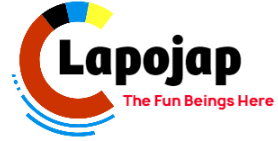
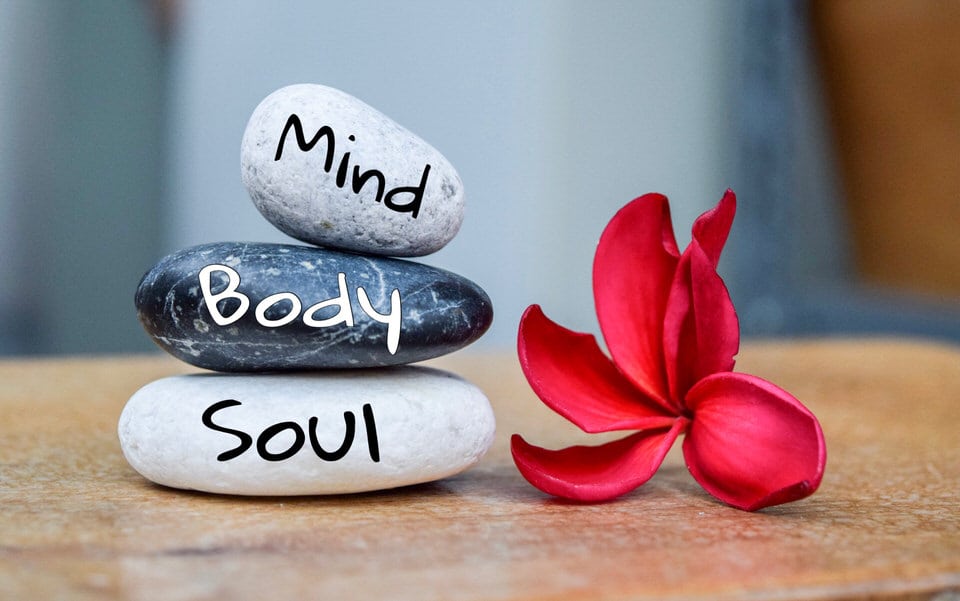





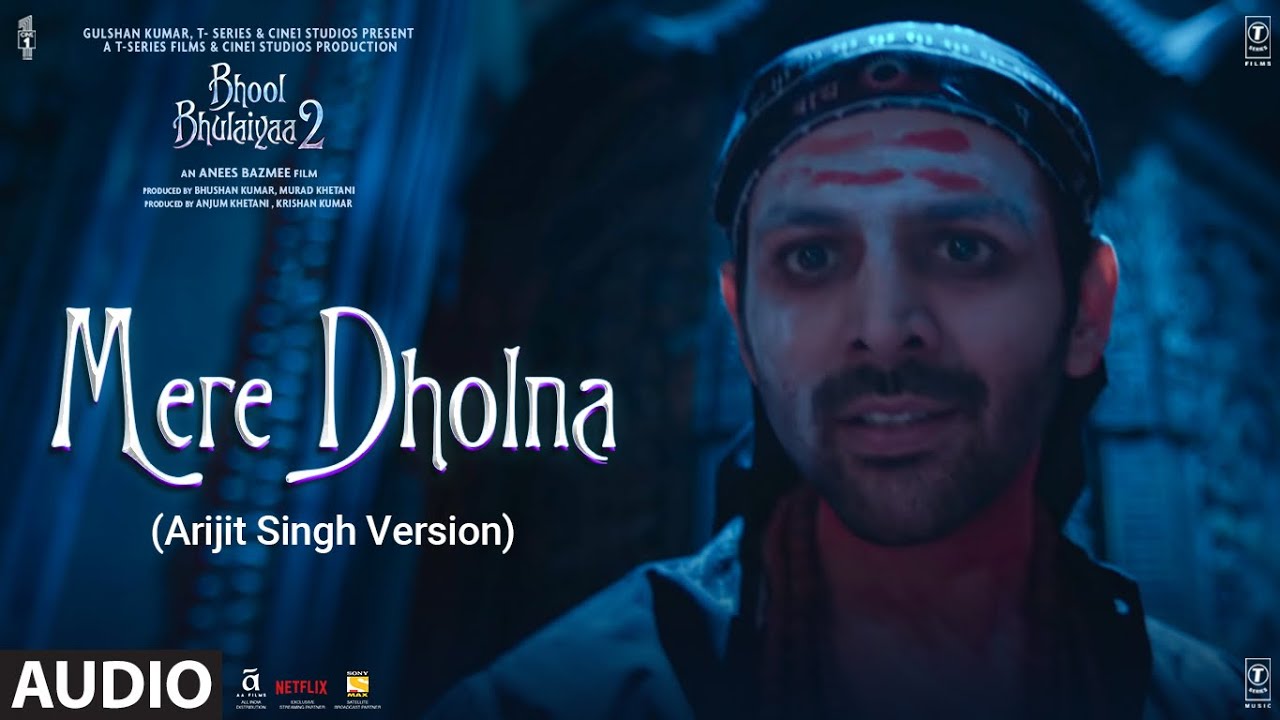
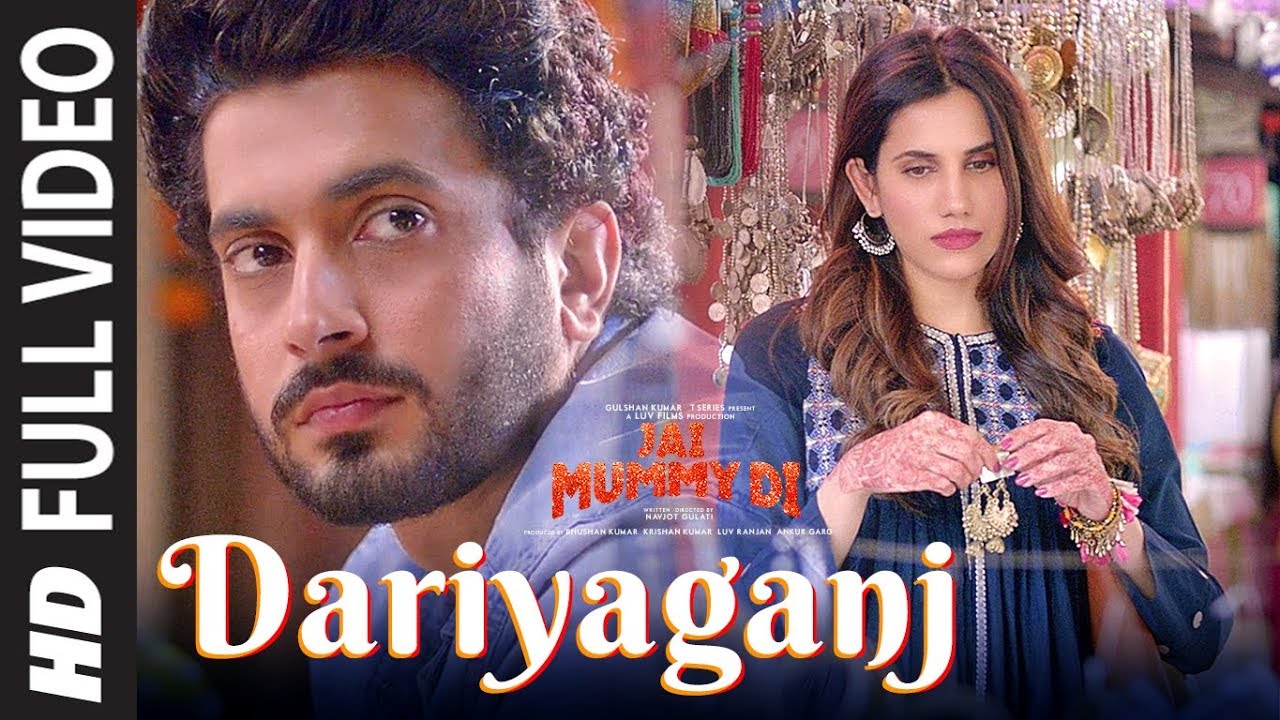
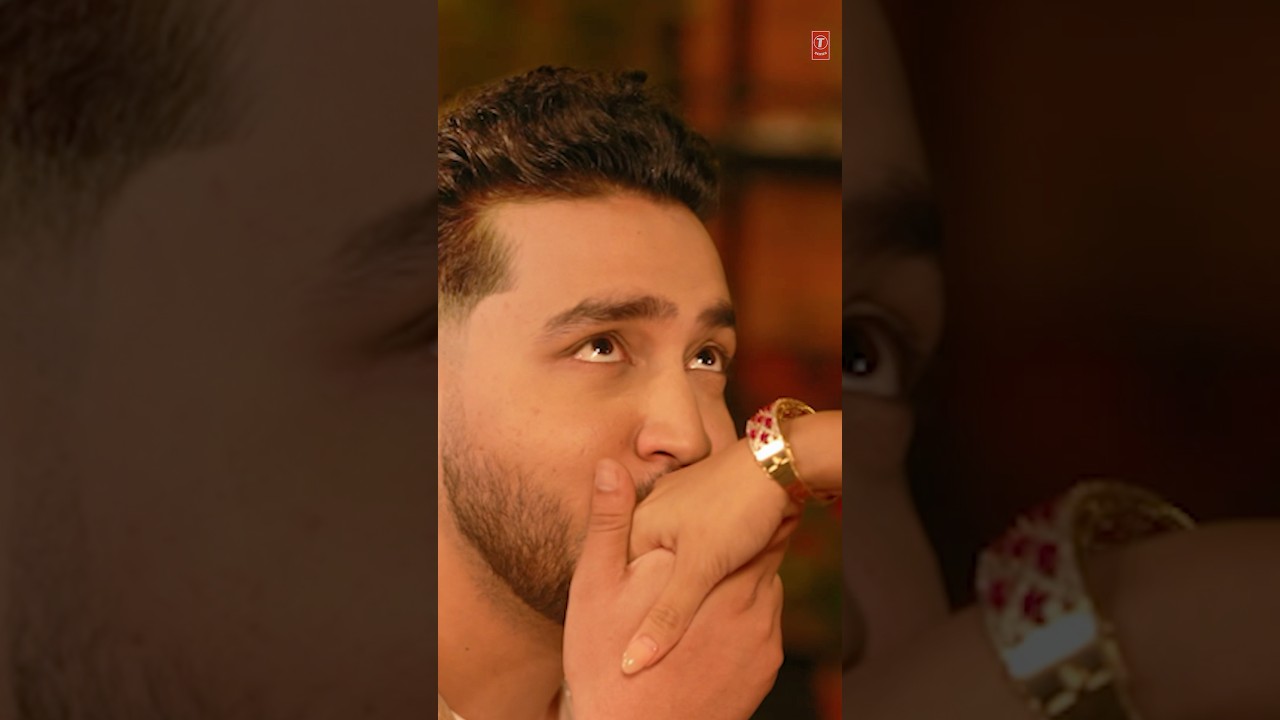
Leave a Reply